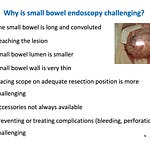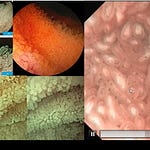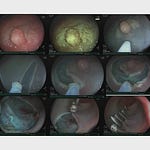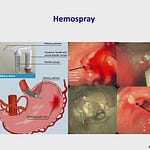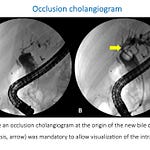You’ve just completed a challenging polypectomy on a patient with multiple risk factors. The resection site looks clean, and you feel confident. But hours later, you get the call: the patient is bleeding. This scenario is a primary concern for every endoscopist. While post-polypectomy bleeding is a known complication, understanding its nuances—from electrosurgical currents to advanced hemostatic techniques—can transform your approach from reactive to proactive.
This guide breaks down the essential tips and techniques for preventing and treating post-polypectomy bleeding, based on a recent expert presentation. We'll cover how to anticipate high-risk cases, optimize your equipment, and deploy a range of hemostatic methods, ensuring you're prepared for any situation.
Understanding and Anticipating Bleeding Risk
Bleeding is one of the most common complications following endoscopic resection, with several well-established risk factors. Proactive identification of these factors is the first step toward prevention.
Key Risk Factors
Polyp Characteristics:
Polyps > 17 mm
Right colon location
Thick stalks > 5mm
Sessile polyps
Malignant polyps
Patient Characteristics:
Hypertension
Anticoagulation use
Elderly patients with co-morbidities
Procedural Factors:
Using a pure "cut" current
Advanced procedures like ESD or EMR
The Foundation: Mastering Electrosurgical Currents
A critical factor in preventing bleeding is knowing your electrosurgical unit and its currents intimately.
The Cut vs. Coag Trade-Off: Using a pure cut current provides a clean resection but carries the highest chance of bleeding. Conversely, currents with more coagulation create more charring and hemostasis but increase the risk of a deep thermal burn and perforation, a particular concern in the thin-walled cecum.
Personalize Your Settings: Different manufacturers (Erbe, Olympus, ConMed) use different terminology for similar functions. What one unit calls soft coag another may call forced coag. It is crucial to personalize your settings based on your specific equipment.
The Power of Water: Performing resection under water (as in underwater EMR) dissipates energy. This means you may need to press the pedal longer to achieve the cut, but it results in less deep tissue damage and can be a valuable safety measure.
Clinical Pearl: The "Endocut" Current
Using a blended current like Endocut, which incorporates a coagulation fraction, can theoretically lead to less bleeding than a pure cut mode.
Unlock the rest of this comprehensive guide to become a premium subscriber.
You'll get immediate access to:
Advanced Prophylactic Techniques: Step-by-step instructions for using preventive clips and Endoloops on high-risk polyps.
A Modern Hemostasis Toolkit: Detailed breakdowns of hemostatic forceps, novel peptide gels (PuraStat), and oxidized cellulose (Surgicel).
Expert Troubleshooting: Learn the "tenting technique" for safe vessel coagulation and a last-resort maneuver for catastrophic bleeding.
Downloadable Quick Reference Guide: A printable PDF summarizing all the key techniques and settings from this article.
Listen to this episode with a 7-day free trial
Subscribe to EndoCollab to listen to this post and get 7 days of free access to the full post archives.


